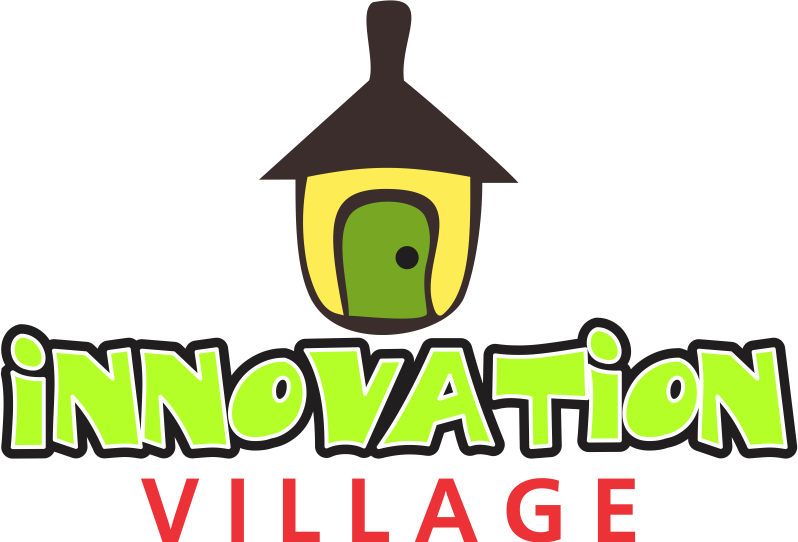The adoption of digital finance in Nigeria over the past few years has been too quick to keep track of, and yet millions of rural Nigerians are still struggling to access and trust mobile banking apps.
In 2025, it’s no longer just a question of internet penetration; it’s about whether these tools are truly designed for all people, rural Nigerians included, or if digital banking is more elitist than we care to admit.
A Digital Promise in a Non-Digital Reality
The promise of mobile banking was simple: bridge the financial inclusion gap by bringing banking to every phone, regardless of location. But in rural communities across Benue, Taraba, Zamfara, and even parts of Oyo, the reality is often the opposite.
Many rural users face app crashes, failed transactions, delayed alerts, and poor customer service. Even with access to basic smartphones, apps like those from big-name banks struggle to load or process requests. For people living far from the nearest physical bank branch, this failure is more than frustrating, it’s a financial hindrance.
The Infrastructure Disconnect
Mobile banking cannot thrive where network connectivity is unstable. Many rural regions still rely on 2G or EDGE, where banking apps either fail to launch or time out before transactions can be completed. Some apps are simply too data-heavy for low-quality devices.
This technical disconnect is a national double-edged sword: while urban Nigerians enjoy quick transfers, utility bill payments, and seamless airtime top-ups, rural users are forced to rely on cash or travel hours to access banks.
Language and Literacy Halt Banking Access
The issue is more than just technical. Most apps are still English-only, despite the fact that many rural Nigerians are more fluent in indigenous languages. Financial terms and banking jargon, even in Pidgin, can make first-time digital users too confused to see its advantages. And for elderly customers or those with limited formal education, even basic UI/UX issues like font size or button layout become barriers.
USSD banking helps here, but even this has its limits. Some banks now charge fees for USSD access, and the functionality doesn’t match app-based options. In the end, the most vulnerable users are being asked to pay more for less.
The ‘Trust Crisis’ In Digital Banking
of course, we can’t forget the internal hurdles people harbour in the form of prejudice. Trust is still a major hurdle. Many rural Nigerians worry that banking apps are not secure. Without clear customer education or reliable customer support, failed transfers or account glitches can make people abandon digital banking entirely.
What Needs to Change
If banks want to truly serve Nigeria’s rural population, mobile apps must be re-engineered for low-bandwidth environments, with smaller sizes, offline functionalities, and local language options. Beyond tech, banks need to invest in trust-building through customer support lines in indigenous languages and field agents who can assist users physically.
Collaborations with telcos, local fintech startups, and NGOs could also help banks build hybrid models that meet users where they are, rather than expecting them to adapt to an urban-focused interface.
A Missed Opportunity, but not too Late.
Rural Nigeria is not anti-tech, but it is tired of tech that doesn’t work. Until mobile banking apps are made truly inclusive, technically, culturally, and linguistically, they will continue to exclude the very people they were meant to uplift.
So what do you think of digital banking? Is it serving national interest or uplifting the ideals and desires of a few? Let us know how you feel down below. For a similar article, click here.


